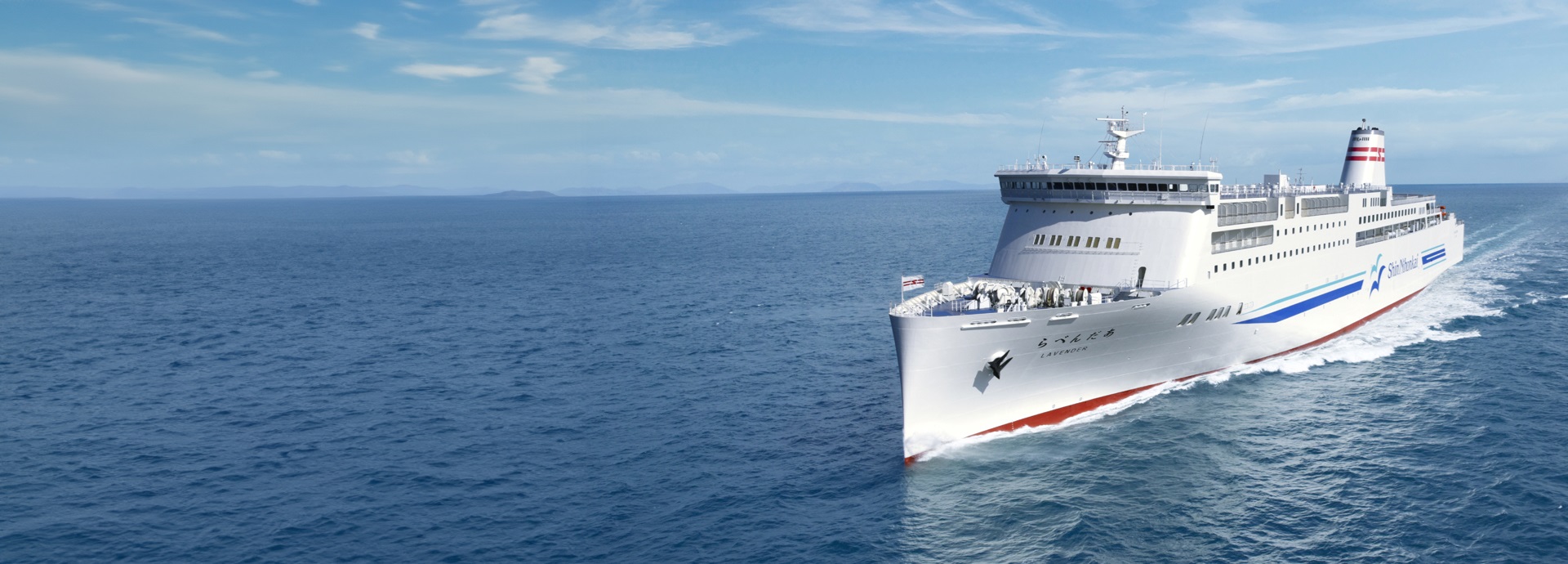

How Shin Nihonkai Ferry cut maintenance costs with one clever component change
- Challenge: Excessively high gearbox bearing temperatures
- Solution: Replace rubber engine mounts with Wärtsilä Steel Spring Mountings
- Benefit: Lower gearbox bearing temperatures will help to ensure reliable operation
If you own or operate a ferry, avoiding unnecessary downtime is critical to providing a regular and reliable service to passengers and to profitable operations. With excessively high gearbox temperatures presenting a risk of unplanned maintenance, Shin Nihonkai Ferry needed a quick, smart solution.
The challenge: excessively high gearbox temperatures
Japanese ferry operator Shin Nihonkai Ferry had two RoPax vessels, Lavender and Azalea, suffering from alarming gearbox bearing temperatures. The ferries run on a regular route between Niigata and Otaru, carrying up to 600 passengers, 150 trucks and 22 cars on each journey.
“A failed gearbox bearing would take a vessel out of service for two weeks – at huge financial cost to the company.
The reason for the high gearbox bearing temperature was a misaligned engine. The problem was caused by the rubber creep effect causing the engine mounts to degrade. This meant that the engines’ optimal alignment position was difficult to maintain. When misalignment increases, the reaction forces on the gearbox bearings rise and this can lead to elevated bearing temperatures and increased wear rate.
The solution: Wärtsilä Steel Spring Mountings
Wärtsilä had replaced rubber engine mounts with steel springs on other engine types in the past and thought that a similar solution would work for the Lavender and Azalea too. Steel springs are more stable than rubber mounts and don’t degrade over time in the same way. This keeps the engine at a stable height. With the engine and gearbox properly aligned, there is no longer excessive load on the gearbox.
Wärtsilä quickly engineered a solution for the vessels’ Wärtsilä 16V38C engines. One engine per vessel received the new spring mounts, which took just four days to install during drydocking.
The benefit: increased reliability and reduced risk of failure
With the old rubber mounts, the bearing temperature was over 90 °C. Once the steel mounts were installed the temperature dropped to 78 °C, well in line with the proper operating level. This reduction in operating temperature means the bearing should function normally for years to come, significantly cutting maintenance costs and reducing the risk of failure.
Due to the success of the project, the second engine in each vessel will be fitted with new steel springs during next year’s drydock. Shin Nihonkai is also buying new Wärtsilä 31 engines for other vessels in their fleet, continuing the strong history of cooperation between the two companies.
Image author: Shin Nihonkai Ferry Co., Ltd.


